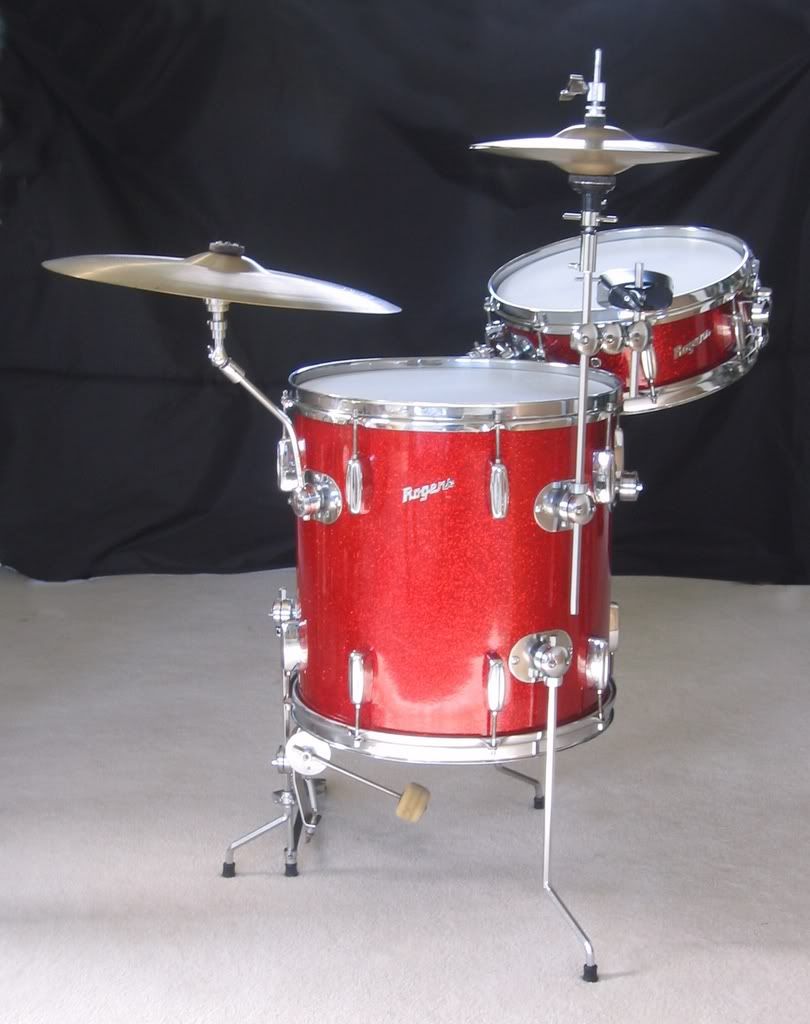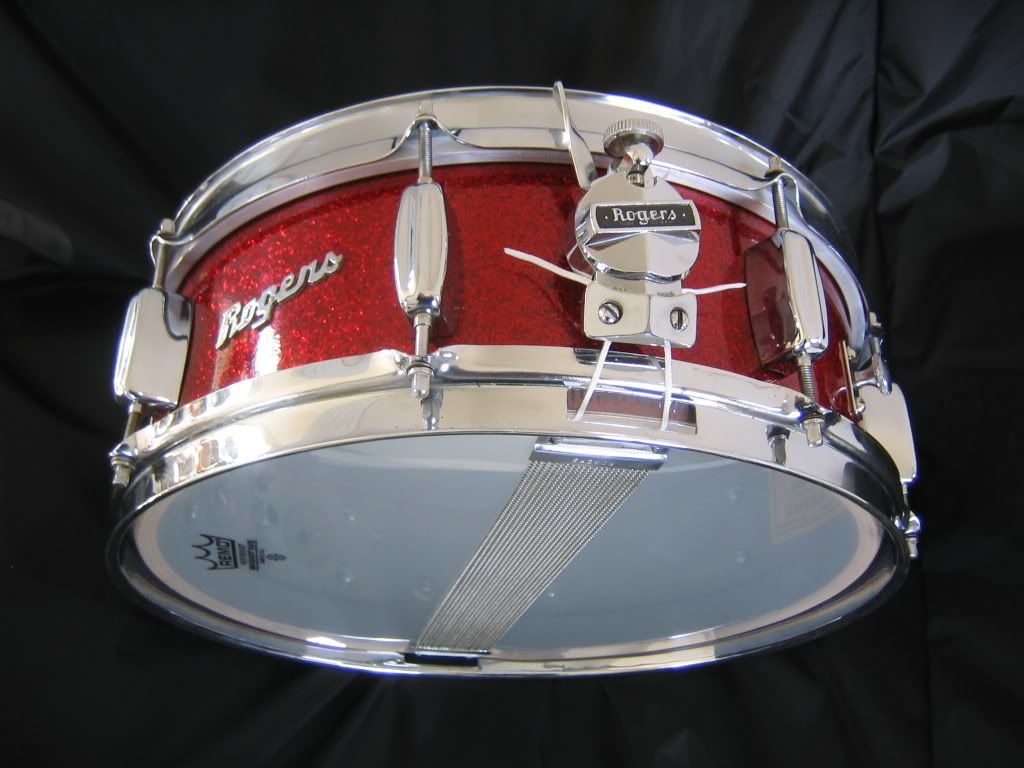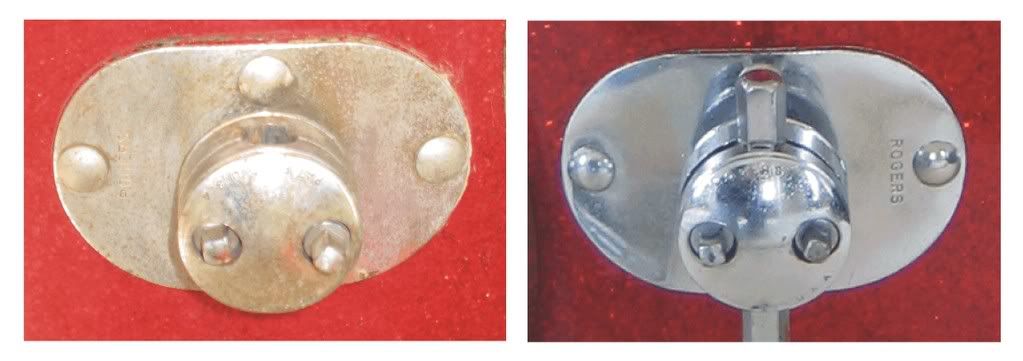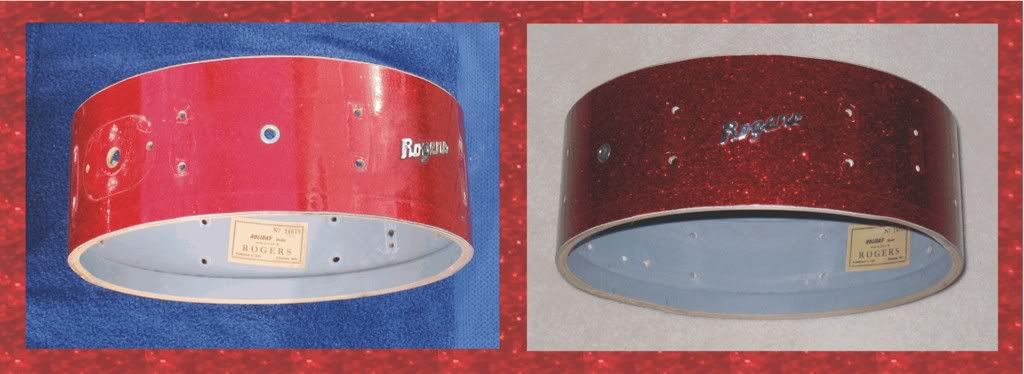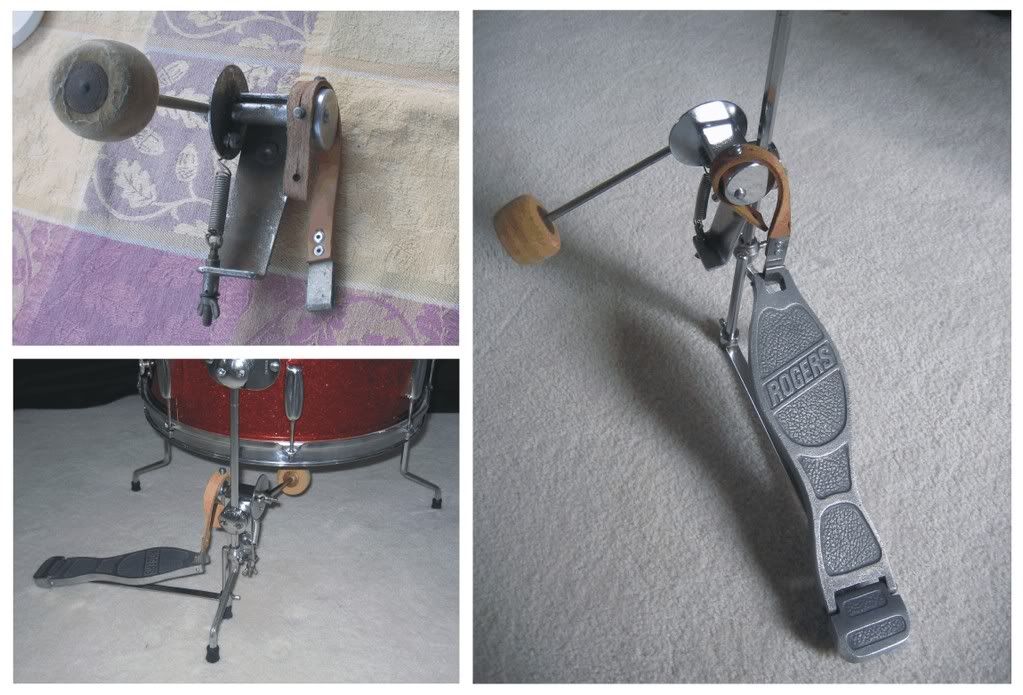John--molten metal! Now that's the way to do it. Unfortunately, I don't have the tools or wherewithall for that.
But I did do something similar. The process is long and arduous but worth the effort. Lugs with broken tabs will work, as long as at least half the tab is in place. It's a three step process and involves filling the lugs with metal epoxy putty, and using an extra lug nut as a stenciling or embossing tool. You have to be sure that the lug nut fits in place after the putty dries.
For lugs with broken tabs, you'll need 5/8" x 24 #10 machine screws and a matching nut to replace the 1/2" screws. After you finish step one above, use JB Weld to fasten the nut in place above the broken tab. Use a screw to align everything properly.
In step three you use more epoxy putty to seal in the nut, and also reinforce the tabs. Between all steps, you want to check that the lug nuts and springs assemble properly.
When you're done, the lug looks pretty ugly from the inside, but, of course, nobody ever sees this. From the outside, it's nearly impossible to see the old cracks. I believe that the lugs are stronger this way than as factory originals. I even reinforced the good lugs prior to rebuilding the drums. I hesitated at this point, but thought, screw it, I want to play these babies, and I don't want a lug snapping off during a show.
I took extensive photos and I'm preparing instructions for the gang on the Rogers Owners Forum.
http://com2.runboard.com/brogersownersforum
I'll post a link to the PDF in the cocktail forum, too. In the meantime, here are some samples of the finished product:
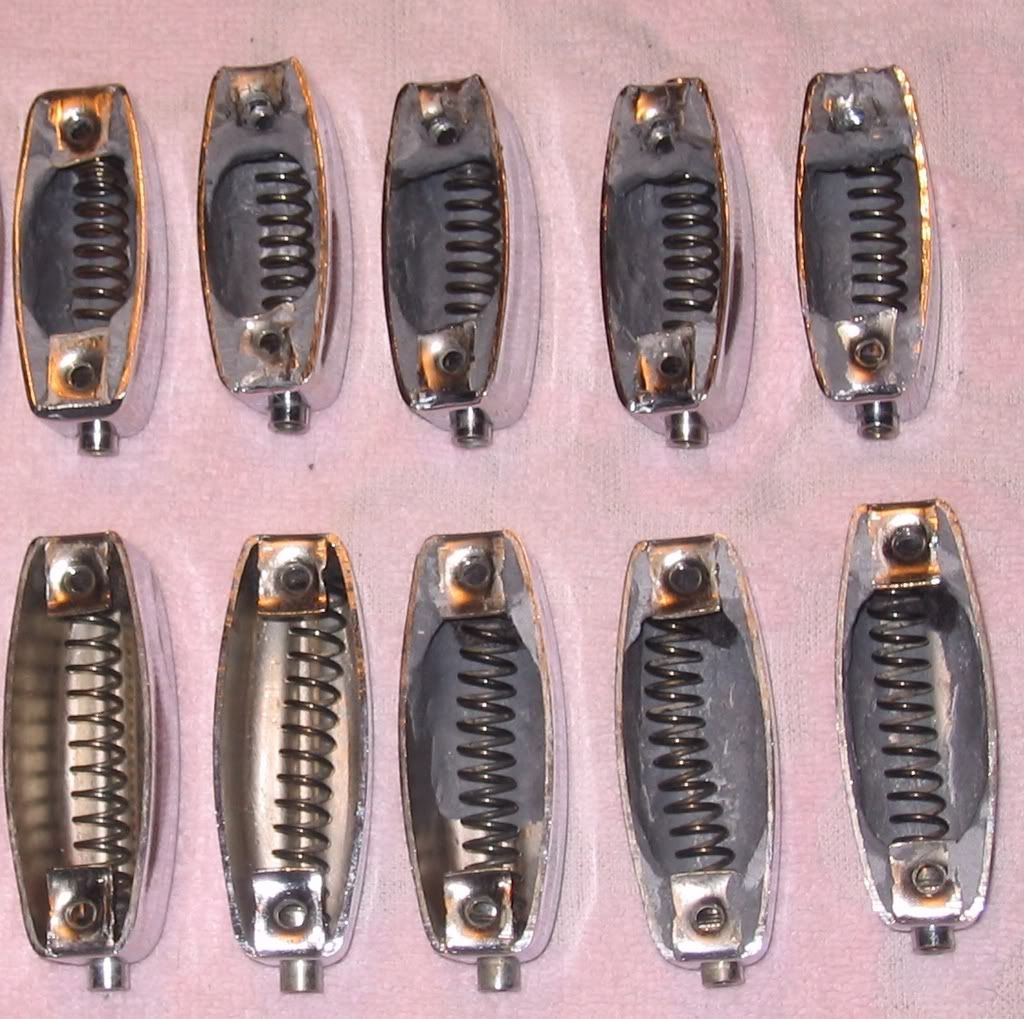
And here's the stencil at the right. Note that the lug on the left shows the process after step 1, and it is pretty nastily cracked:
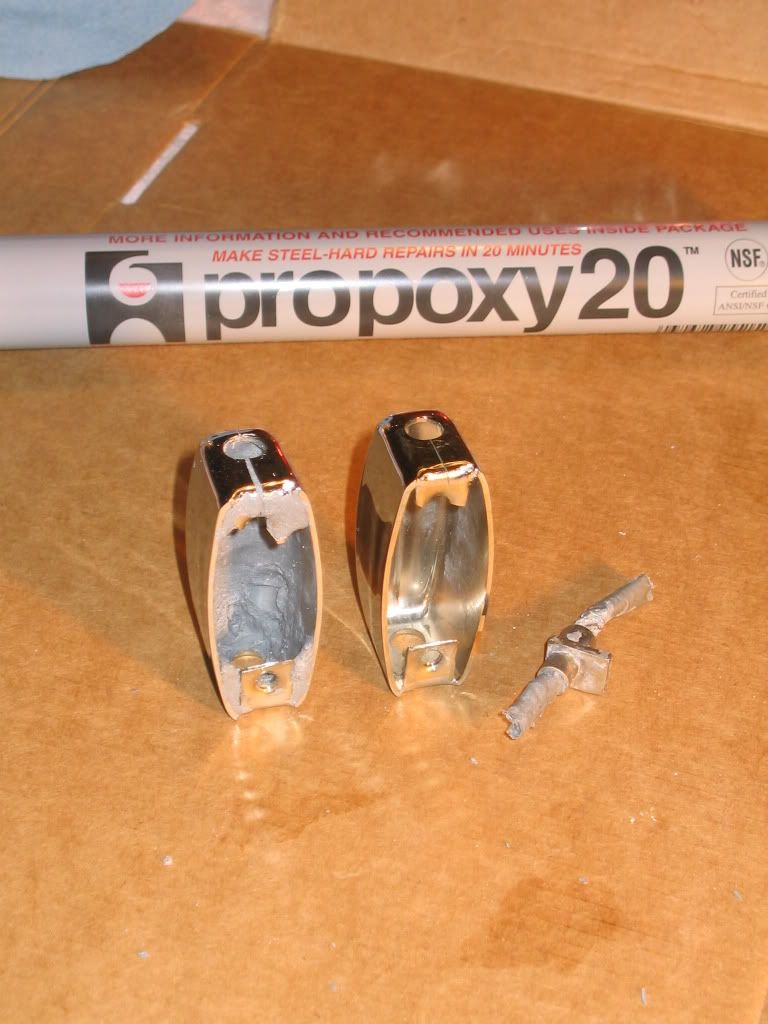
by the way, John, you have done an exceptional job here. I really like this forum, and I've enjoyed your music, too. At my age, the acoustic cocktail sound is something I really enjoy. Where it's at is playing at a party where guests can chat in the background without having to go outside...but would rather listen to the music.
